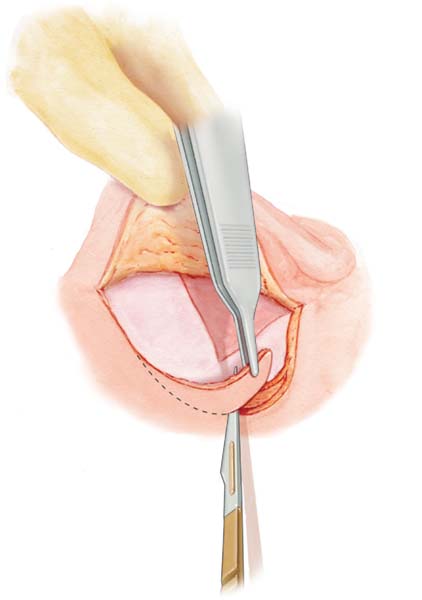These are the three different operations that can be carried out to repair the middle ear.
Myringoplasty
A myringoplasty is an operation to repair a hole in the eardrum.
Ossiculoplasty
An ossiculoplasty is an operation to correct any problems with the tiny bones that are responsible for transmitting sound from the eardrum to the inner ear.
Tympanoplasty
A tympanoplasty is an operation to repair the hearing mechanism in the middle ear. it usually involves repairing a hole in the eardrum and correcting any damage to the tiny bones that play a vital part in the hearing process.

What does the operation involve?
You will have the operation under a general anaesthetic. The operation may be carried out in several ways. The surgeon may use your own tissue or a sympathetic material to repair the problem.
The surgeon will probably need to make an incision (a cut) behind or in front of the ear to get a good view of the eardrum. A piece of tissue from near the ear is used if necessary to repair any hole in the eardrum. If the tiny bones need repairing then either a synthetic bone or sometimes part of your own bone can be used. The tissue is put in place carefully using very fine instruments while the surgeon looks at the area through a microscope.
The surgeon may also explore the mastoid (the air cavity behind the middle ear) during the operation if infection is suspected.
What are the risks of the operation?
Every anaesthetic carries a risk but this is small. All surgery carries a small risk of bleeding during or after the operation. There are specific risks involved in all middle ear surgery:
- The greatest risk is that the operation may be unsuccessful – the hole in the eardrum may not heal because the graft does not take.
- Hearing may not improve afterwards or may worsen. In extremely rare cases the hearing may be lost altogether.
- You may feel a bit unsteady after the operation but this is usually temporary. Very rarely more severe dizziness may occur although again this is temporary.
- The nerve that supplies the muscles of the face runs through the middle ear and there is a very small risk of this nerve being injured leading to facial weakness.
- An infection may cause earache and discharge. This may result in the graft failing and the operation being unsuccessful.
What happens after the operation?
Until the surgeon has checked your ear has healed, you should avoid the following:
- Any exercise and sports.
- Sudden head movements.
- Straining and lifting heavy weights.
- Blowing his or her nose too vigorously or sneezing violently.
Air travel should be avoided for two months after the operation. The ward staff will give you the date and time of your outpatient appointment before you leave.
